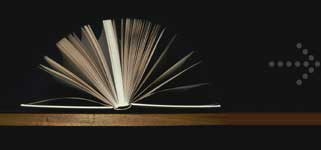
Essay database with free papers will provide you with original and creative ideas.
An architectual description of China's Forbidden City
Architecture mirrors the material and aesthetic standards of a society, and Classical Chinese architectural concepts are indissolubly linked with a social order at once real and ideal, with a structured vision of the universe and with a certain scale of values. The Forbidden City or Imperial Palace (also known as The Palace Museum) is a prime example of this combination of construction and philosophy. Construction of the Forbidden City was started by order of the …
…build but made all construction an extension of their spiritual, emotional and theological beliefs. Whether building a palace or a barn, there was always a striking harmony between the plan, the function and the visual and emotional esthetics. Bibliography Pirazzoli, Michele, Living Architecture: Chinese (New York: Grosset & Dunlap, 1971) Shatzman-Steinhardt, Nancy, Chinese Imperial City Planning (Honolulu: University of Hawaii Press, 1990) Su, Gin-Djih, Chinese Architecture - Past and Contemporary (Hong Kong: The Sin Poh Amalgamated Limited, 1964)
